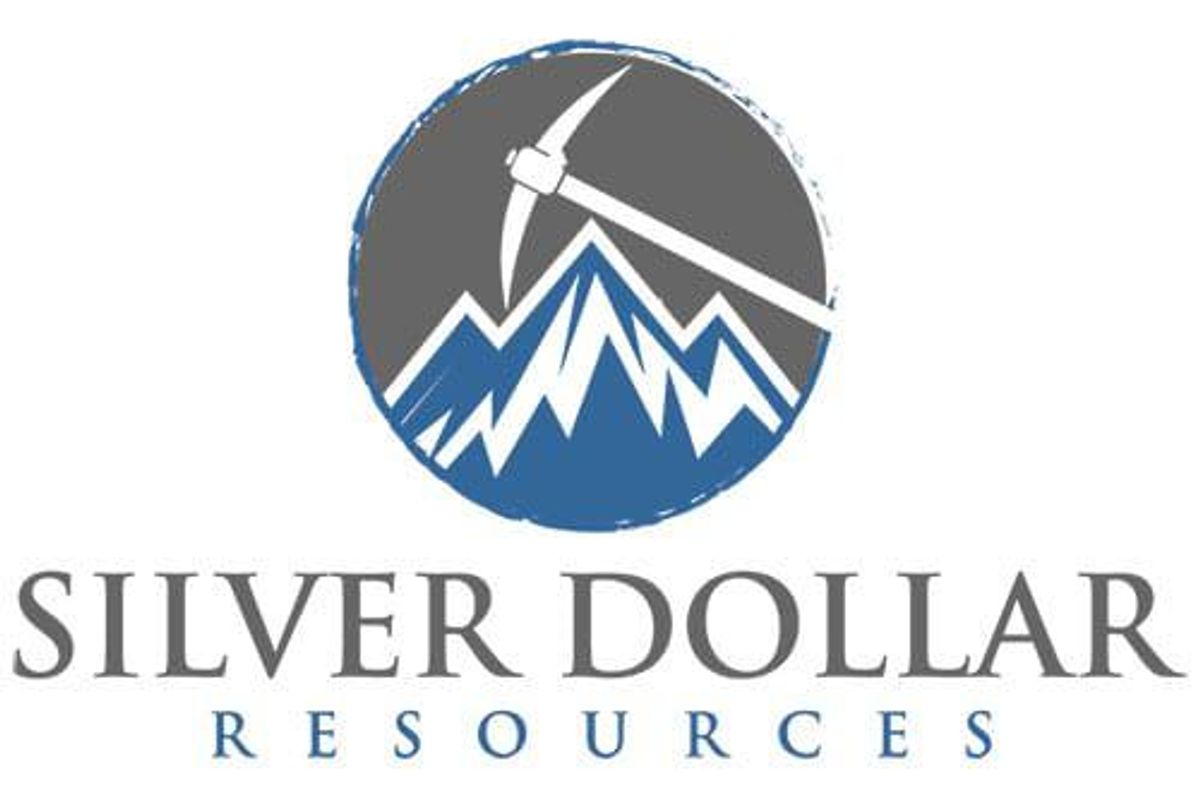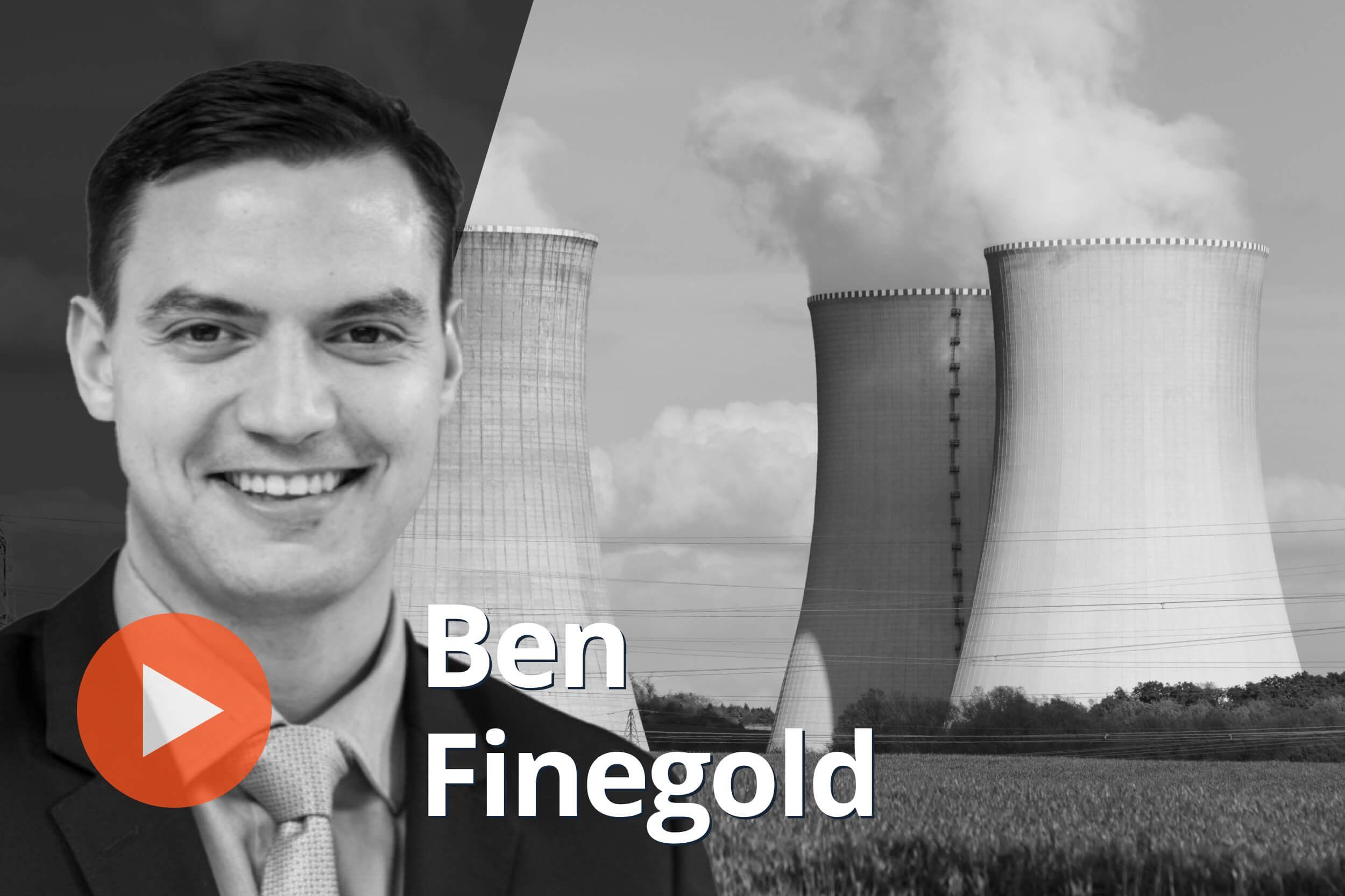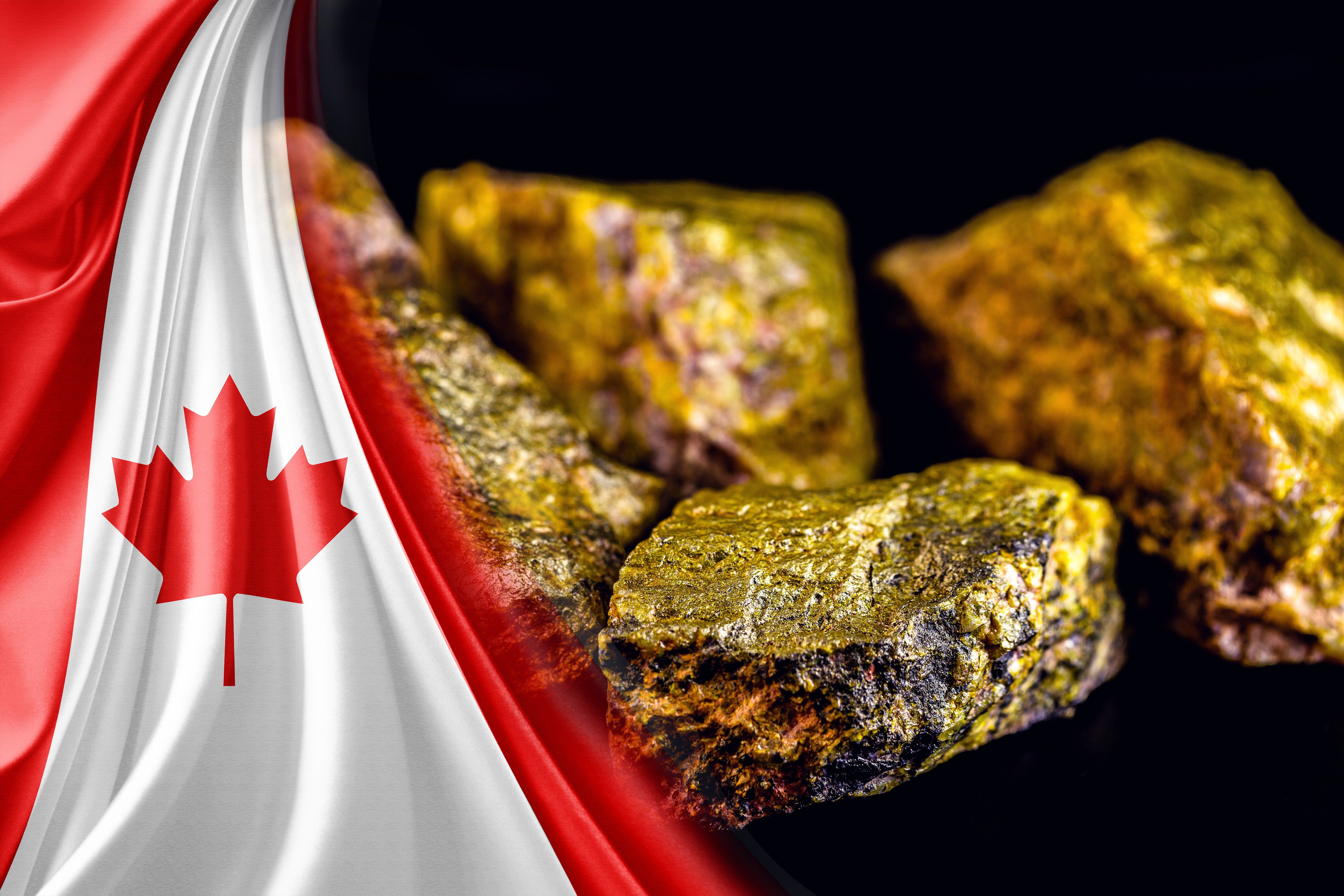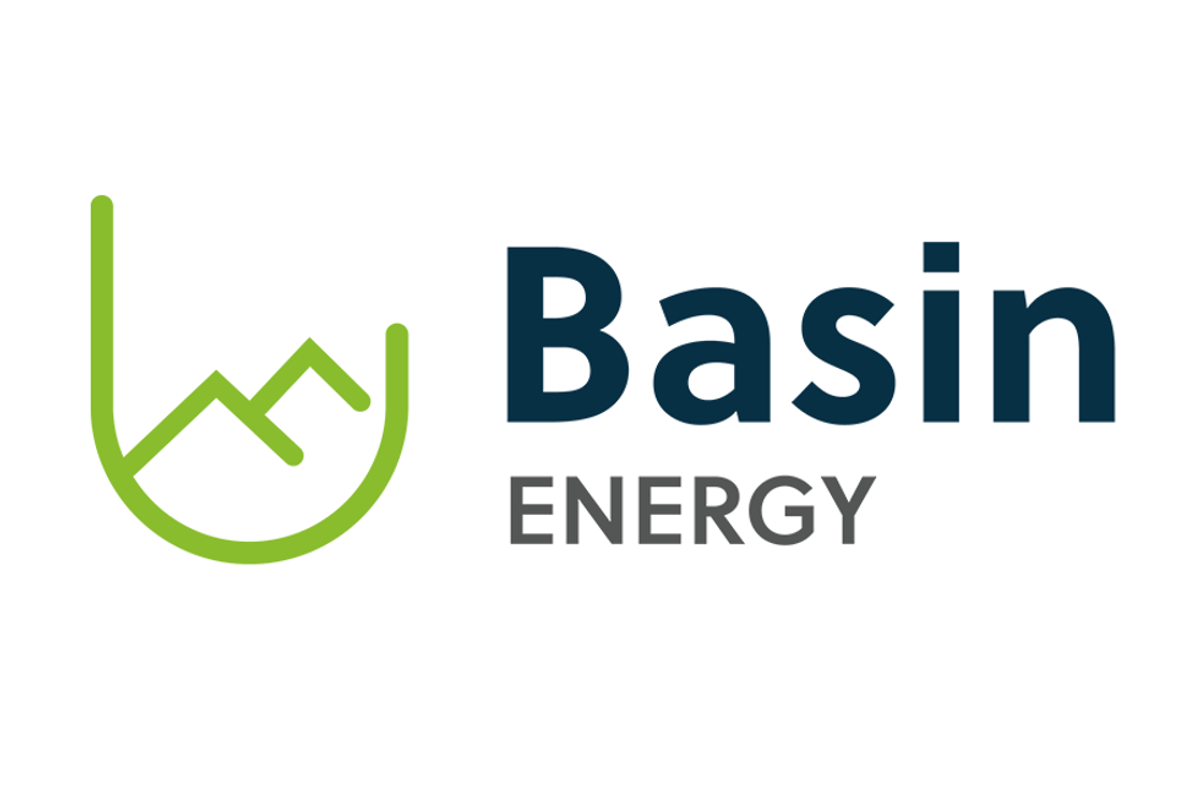
May 01, 2025
Uranium.io is a next-generation platform transforming access to physical uranium (U₃O₈) through the power of blockchain technology. It empowers both individual and institutional investors to directly own and trade uranium, eliminating many of the traditional barriers, such as high costs, limited transparency, and market inefficiencies. Each xU₃O₈ token is fully backed by physical uranium stored in a secure, regulated facility operated by Cameco. Custodianship is provided by Archax, a UK-regulated digital asset firm, ensuring robust transparency and trust in the asset’s backing.
The platform meets rising investor demand for uranium—a key driver of the global energy transition. As nations pursue net-zero targets, nuclear energy is gaining momentum as a reliable, low-carbon power source. Governments across North America, Europe, and Asia are expanding nuclear capacity by restarting reactors, building new ones, and advancing small modular reactor development.

Uranium.io combines blockchain, digital custody, and real-world uranium supply to deliver secure, transparent access to the uranium market. By bridging traditional commodity trading with Web3, the platform enables users to seamlessly acquire, hold, and trade physical uranium through xU₃O₈ tokens.
Company Highlights
- Uranium.io is a pioneering platform for buying and selling uranium, providing direct ownership of physical uranium via a blockchain-powered token xU3O8.
- Built on Etherlink, powered by Tezos technology, enabling transparency, low fees, energy efficiency and programmable compliance.
- FCA-regulated digital asset custodian, Archax, holds physical uranium in trust on behalf of token holders.
- Physical supply is brokered by Curzon Uranium, a trusted uranium trading and logistics partner with deep industry roots and over $1 billion in uranium trades.
- The uranium bought on the platform is physically stored at a regulated depository owned and operated by Cameco, one of the world’s leading global uranium providers/converters.
- Global 24/7 market access offering fractionalized and direct uranium exposure with real-time settlement and cross-border accessibility.
- Capitalizing on nuclear energy’s role in clean energy transition and the financialization of critical minerals.
This Uranium.io profile is part of a paid investor education campaign.*
Click here to connect with xU3O8 (uranium.io) to receive an Investor Presentation

Sign up to get your FREE
Silver Dollar Resources Investor Kit
and hear about exciting investment opportunities.
- Corporate info
- Insights
- Growth strategies
- Upcoming projects
GET YOUR FREE INVESTOR KIT
The Conversation (0)
18 December
Silver Dollar Resources
Advancing high-grade silver-gold assets in Mexico’s Durango-Zacatecas silver belt
Advancing high-grade silver-gold assets in Mexico’s Durango-Zacatecas silver belt Keep Reading...
19 December
Ben Finegold: Uranium in 2026 — Price Outlook, Plus Stocks, Supply and Demand
Ben Finegold, head of research at Ocean Wall, shares his 2026 outlook for uranium supply, demand and prices, emphasizing that the nuclear energy story remains strong. While 2025 brought little movement in the spot price, he believes the stage is set for higher numbers. Don't forget to follow us... Keep Reading...
19 December
Denison, Skyharbour Finalize Saskatchewan Uranium Joint Venture Deal
Denison Mines (TSX:DML,NYSEAMERICAN:DNN) has closed a previously announced deal with Skyharbour Resources (TSXV:SYH,OTCQX:SYHBF) that repurposes a large block of uranium exploration ground surrounding Denison's flagship Wheeler River project in Northern Saskatchewan.The recent transaction... Keep Reading...
18 December
5 Best-performing Canadian Uranium Stocks of 2025
The uranium market moved through 2025 with less drama than the previous year, but the quieter tone masked a sector still tightening beneath the surface. After 2024’s surge to two-decade highs, in 2025, U3O8 prices traded in a narrower US$20 range in 2025, slipping to a low of US$63.71 in March... Keep Reading...
18 December
Resource Expansion Drilling Confirms 3,000 metres of New Uranium Trends with Best Drill Hole of 1.4 GT over 7.6 metres
Resource expansion drilling of 50 holes completed at Lo Herma as planned yielding significant mineralised extensions over 3km to the north of proposed Mine Units 1 and 2. Drilling delivered AMU’s strongest intercept to date ahead of 2026 MRE and Scoping Study updates at AMU’s flagship Lo Herma ISR Uranium Project in Wyoming’s Powder River Basin.
American Uranium Limited (ASX:AMU, OTC:AMUIF) (American Uranium, AMU or the Company) is pleased to advise that 2025 resource expansion drilling at its Lo Herma ISR uranium project in Wyoming’s Powder River Basin (Lo Herma, the Project) has been completed according to plan with the drilling of 50... Keep Reading...
17 December
Completes phase one drilling and expands Sybella-Barkly
Basin Energy (BSN:AU) has announced Completes phase one drilling and expands Sybella-BarklyDownload the PDF here. Keep Reading...
17 December
Top 5 Uranium News Stories of 2025
Uranium prices stayed fairly steady in 2025, but experts agree its long-term outlook is compelling, Demand picked up from reactor restarts, new nuclear construction projects and growing interest in small modular reactors. Meanwhile, supply constraints continued as miners faced issues ramping up.... Keep Reading...
Latest News

Sign up to get your FREE
Silver Dollar Resources Investor Kit
and hear about exciting investment opportunities.
- Corporate info
- Insights
- Growth strategies
- Upcoming projects
GET YOUR FREE INVESTOR KIT
Interactive Chart
Latest Press Releases
Related News
TOP STOCKS
American Battery4.030.24
Aion Therapeutic0.10-0.01
Cybin Corp2.140.00






